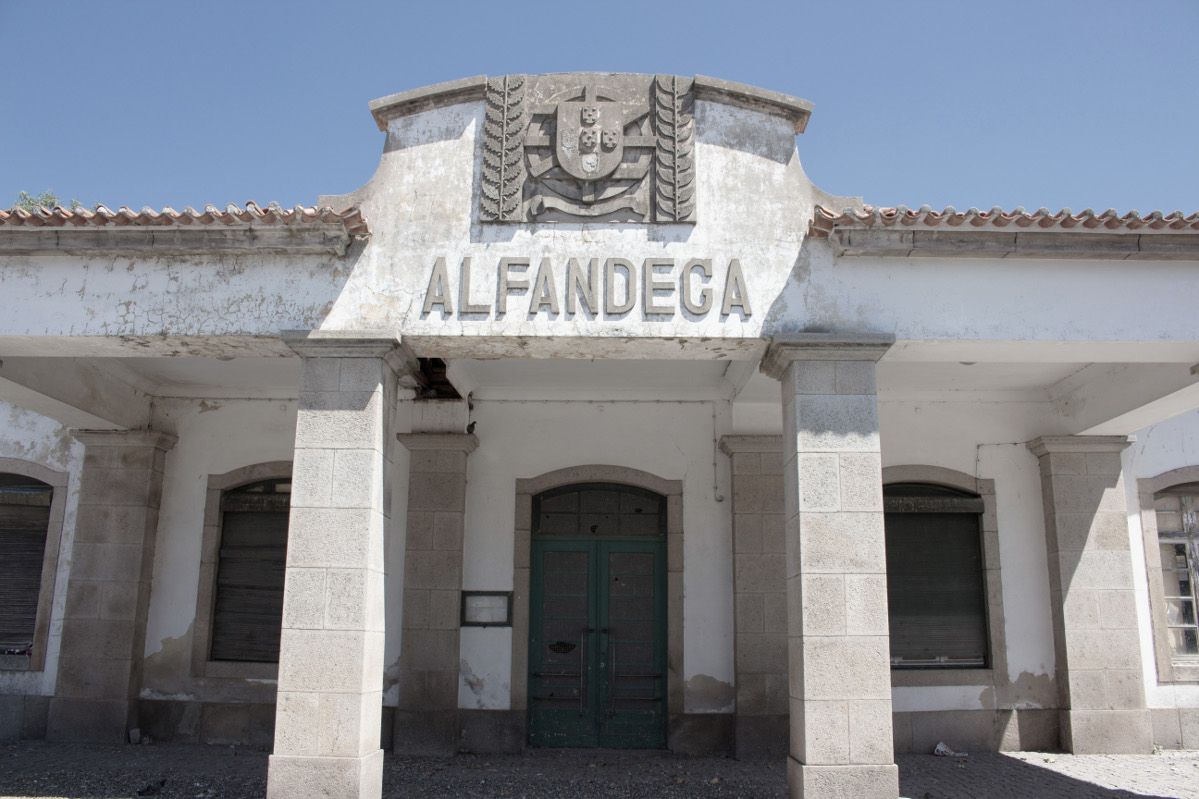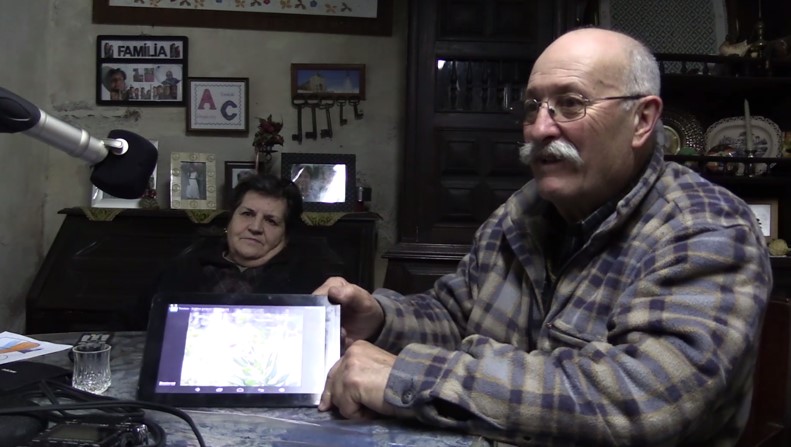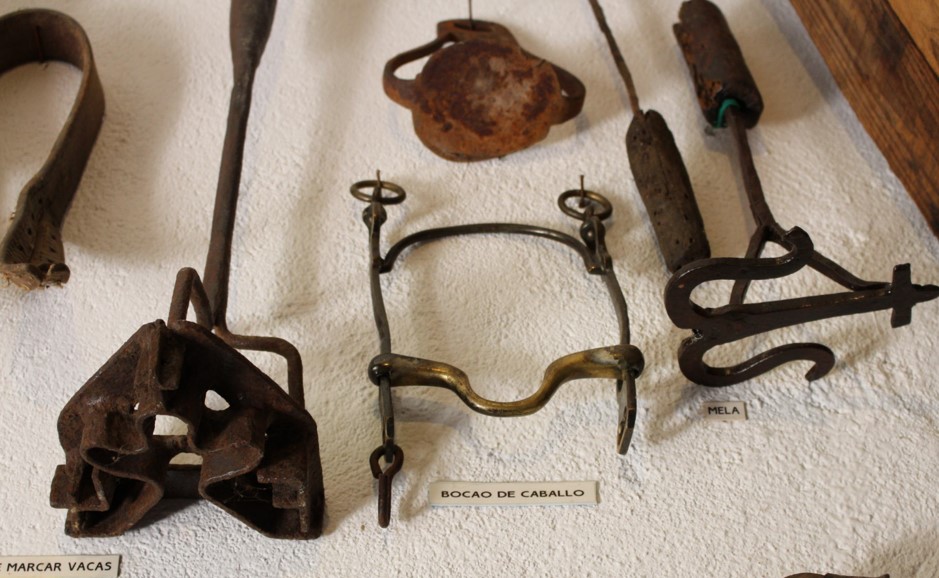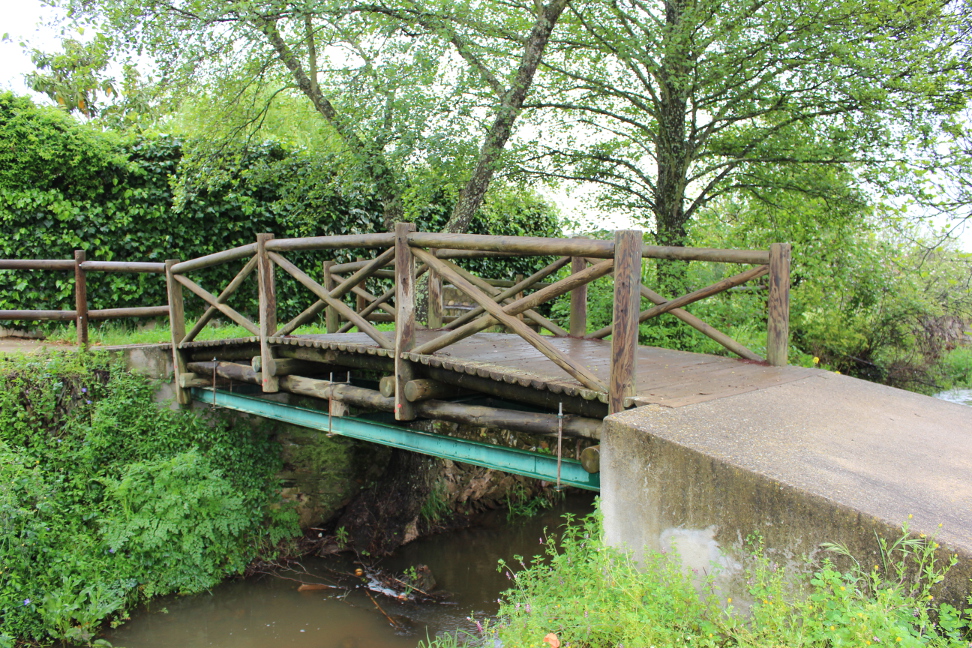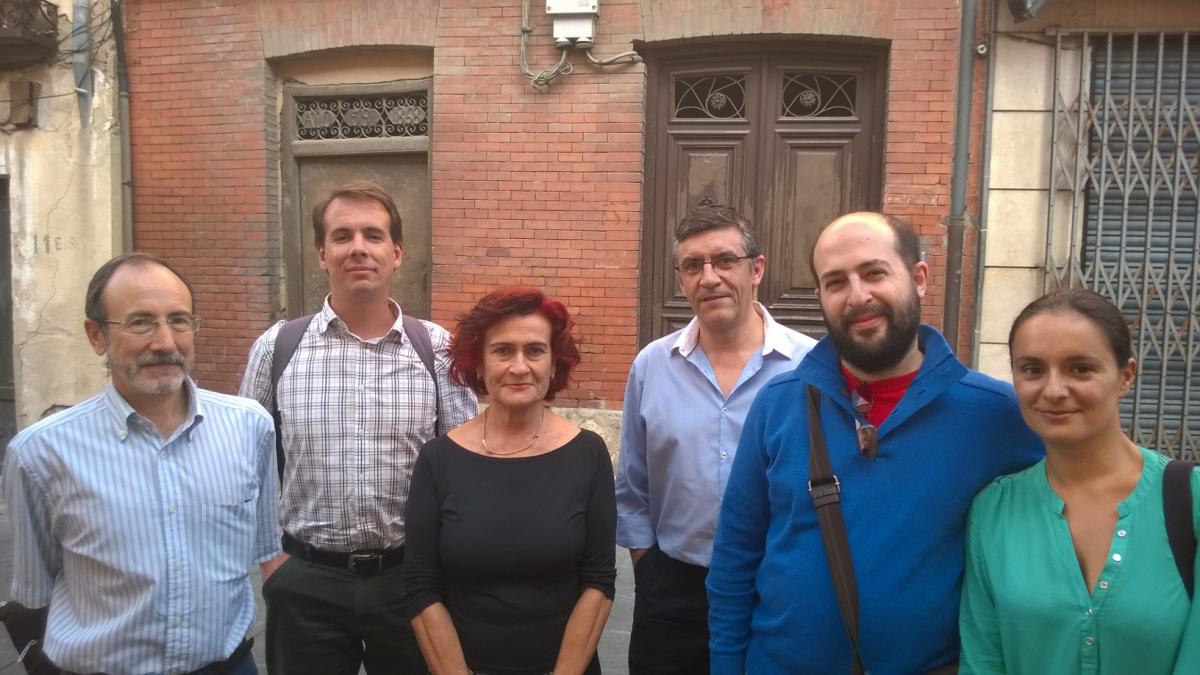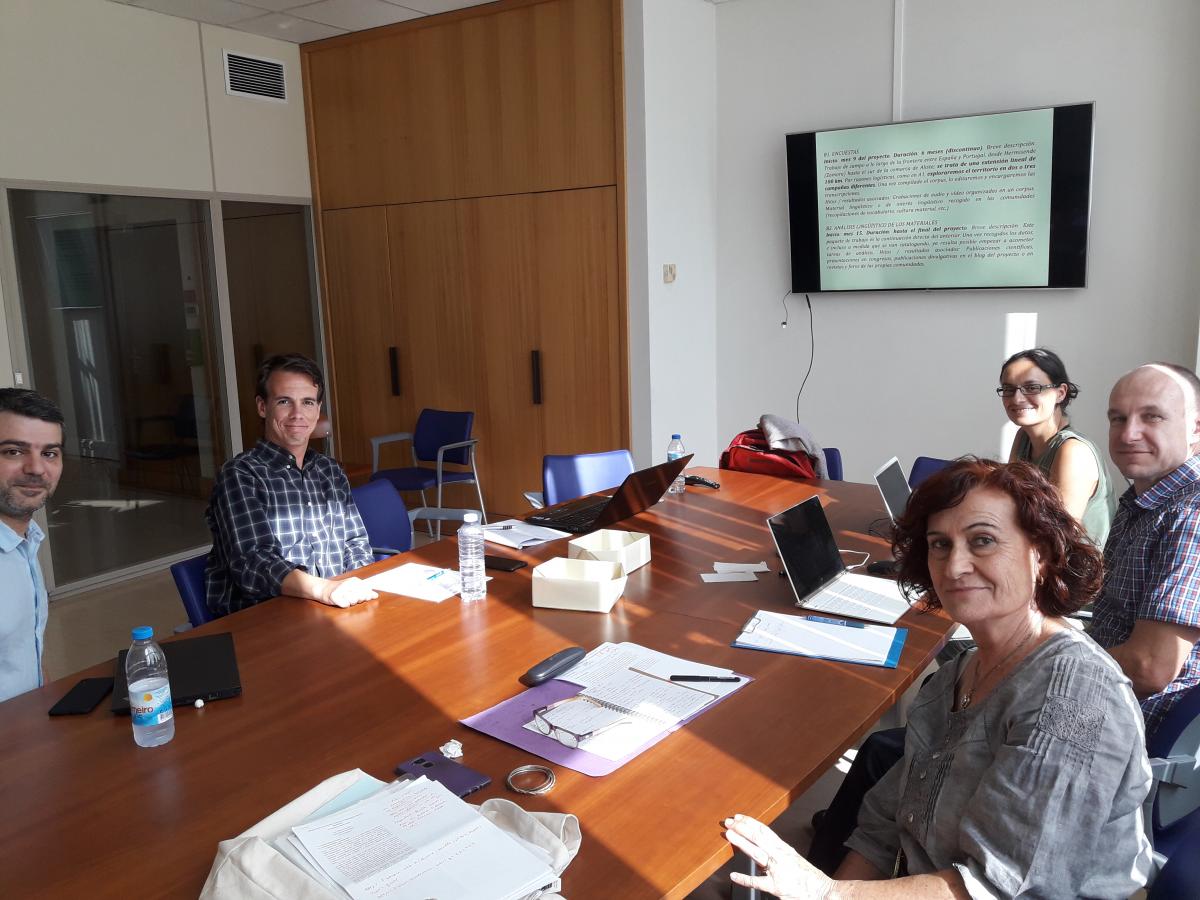The aim of the project Frontera hispano-portuguesa [Spanish-Portuguese frontier] (FRONTESPO) is the comprehensive linguistic documentation of the frontier area between Spain and Portugal. The Spanish-Portuguese border, one of history's oldest and most stable state boundaries, has become a meeting point and the confluence for linguistic varieties - with varying affiliations and different sociolinguistics, and legal status - whose boundaries are not always clear, nor consistent with the political frontier. Moreover, its marginal location with regard to the main urban centres meets special conditions for the preservation of archaic language states. It has also been an area of intense interpersonal mobility, on both a temporary basis (day labourers, sailors, pilgrimages, smuggling, etc.) and of a permanent nature (intermarriage, migration, exile and refuge, etc.).
All these factors make it an ideal place for linguistic and ethnographic research from multiple perspectives.
The frontier area is engaged in an evolutionary process that is changing its cultural and linguistic identity very quickly. The many factors of change include the following: a loss of the traditional way of life, depopulation of the hinterland, migration to large cities, the abolition of border controls and the free movement of goods and workers, a strong expansion of mass media and the spread of universal education.
It is therefore urgent to gather information on the frontier area, in order to document the more traditional situation and to study the process of change, as well as to highlight its immense cultural heritage, with the ultimate aim of contributing to its revitalisation.
